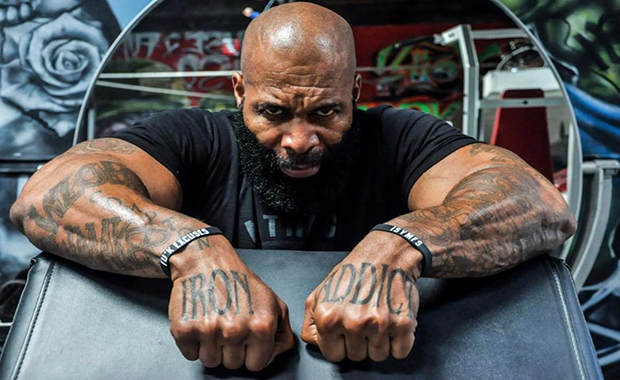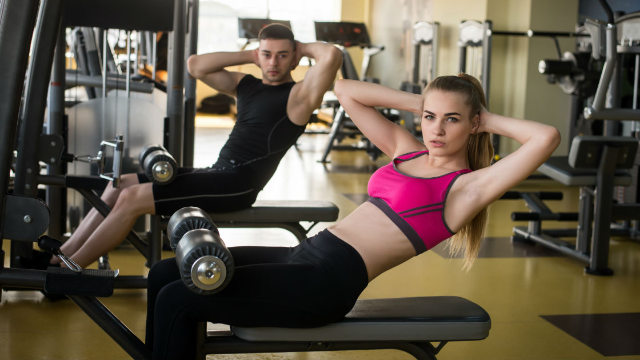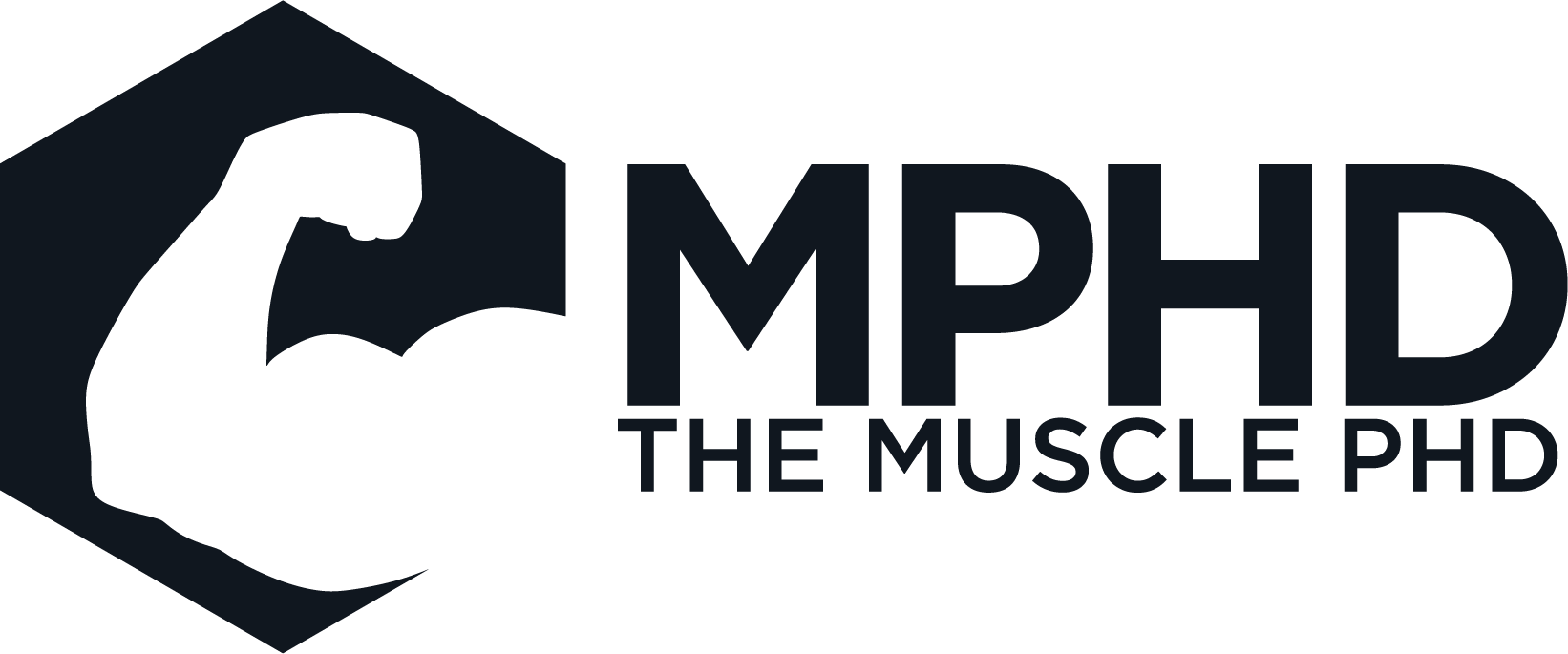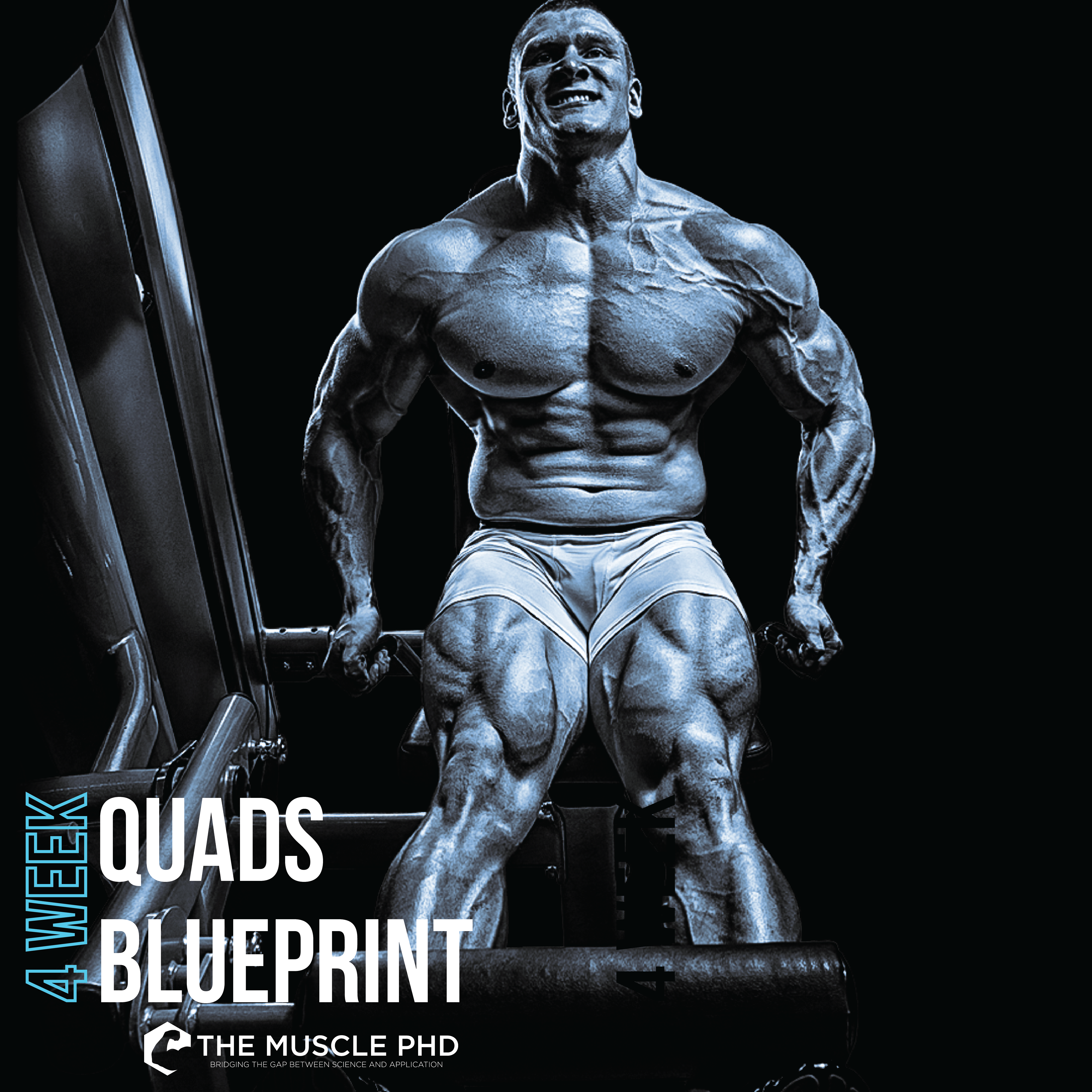Introduction
No matter how long you’ve spent in the iron game, you’ve probably had a moment where you really had to get amped for something. Whether it was a 1RM attempt, a timed 40-yard dash, or even gathering the courage to talk to your gym crush, you had to get psyched to do it. People often perform better when psyched – especially on things that require muscular power, strength, or endurance. Therefore, this article is geared towards explaining the physiology of getting psyched plus how to use that information in your own training to better your workouts.
Let’s GOOO!!!
Physiology of Getting Psyched
What’s your go-to strategy for getting psyched for a big lift? Do you crank some heavy metal or gangster rap? Do you think about angry thoughts? Do you sneak a few extra peeks at your gym crush? Do you know why you do these things?
 Our main goal when getting psyched for a big lift is to have some sort of adrenaline release, or, more accurately, epinephrine release. Epinephrine falls into the family of hormones termed, “catecholamines,” which we colloquially refer to as, “adrenaline.” Now, we often associate adrenaline with things like roller coasters, sky diving, or other risky acts that, “adrenaline junkies,” often participate in. In short, when adrenaline is released into our bodies, our heart rate increases, our hands might sweat a bit, our breathing becomes a little shallower, and our thinking becomes a little more direct. To be concise, this is our fight-or-flight response. So, how could it help hoist a big weight?
Our main goal when getting psyched for a big lift is to have some sort of adrenaline release, or, more accurately, epinephrine release. Epinephrine falls into the family of hormones termed, “catecholamines,” which we colloquially refer to as, “adrenaline.” Now, we often associate adrenaline with things like roller coasters, sky diving, or other risky acts that, “adrenaline junkies,” often participate in. In short, when adrenaline is released into our bodies, our heart rate increases, our hands might sweat a bit, our breathing becomes a little shallower, and our thinking becomes a little more direct. To be concise, this is our fight-or-flight response. So, how could it help hoist a big weight?
The above effects aren’t all of the feelings associated with adrenaline. Adrenaline release can also increase muscular strength (probably through increased muscle activation), improve oxygen delivery to muscle tissue (through vasodilation), and increase metabolism (due to anticipated energy needs). Just about all of these things would be helpful for tackling a big lift or any impressive exercise-related feat in general. Or running from a Grizzly Bear. Whatever floats your boat.
So, since an adrenaline rush might help you snag that new PR, what are the best ways to voluntarily cause adrenaline release?
How to Get Psyched
An adrenaline rush is often referred to as the, “fight-or-flight response,” like we discussed above. With this in mind, extreme emotions are typically the culprit for influencing the release of adrenaline. Fear is probably the most common feeling and is essentially why we associated an adrenaline rush with things like sky diving, etc. However, fear is a little tough to voluntarily control and we wouldn’t recommend having someone try to spook you before your big set. What are some other gym-friendly tactics you can use?
While fear is the main emotion we associate with adrenaline, just about any strong emotional response to a stimulus can cause adrenaline release. The main emotions that are easier to self-inflict are anger, happiness, sadness, and even sexual arousal (oh yeah, we went there). Therefore, many veteran coaches take the time to learn what type of lifter/athlete/client they are working with and figure out how to use these emotions to get the best out of their client. Most people are going to prefer one over the other, so let’s get into how you might use each emotion to amp yourself up before a big lift.
Anger
 Anger is probably the most common emotion used to get psyched before a big lift. This is an easy one, blast some angry music and think some angry thoughts. I used to be an angry lifter, and it really helped me to think about angry thoughts that were completely out of my control, i.e. things that happened months or years ago. If you start thinking angry thoughts about things you’ll have to do tomorrow, or about someone you might see tomorrow, you’ll get distracted. Conjure up some memories that are nearly dead and gone, and use them to fuel your training. For angry lifters, I also recommend the tunnel vision method – find something on the floor or wall and stare at it while you think those angry thoughts. Once you hate the thing you’re looking at, it’s time to lift.
Anger is probably the most common emotion used to get psyched before a big lift. This is an easy one, blast some angry music and think some angry thoughts. I used to be an angry lifter, and it really helped me to think about angry thoughts that were completely out of my control, i.e. things that happened months or years ago. If you start thinking angry thoughts about things you’ll have to do tomorrow, or about someone you might see tomorrow, you’ll get distracted. Conjure up some memories that are nearly dead and gone, and use them to fuel your training. For angry lifters, I also recommend the tunnel vision method – find something on the floor or wall and stare at it while you think those angry thoughts. Once you hate the thing you’re looking at, it’s time to lift.
Happiness
Happiness, in short, is quite a bit different from anger. However, have you ever had a great workout that followed a job promotion or a similar exciting/happy event? You probably smashed some massive weights due to your good mood, right? Happiness can be a useful emotion for many people, but it’s a little tougher to create out of thin air. This can be a useful tool for those days where you hit the gym in a good mood – stay in that good mood and keep those vibes rolling throughout your workout. Hand out a few compliments to your fellow gym bros and spread the happy bug. These workouts can be rare, but they’re awesome when they happen. If you’re coaching clients, you can also try highlighting their progress or successes during their warmup to get them in a better mood for the day. I would often use this with athletes where we’d test, say, their vertical jump before training. If you find out that you’ve made major gains in your vertical, you’re going to be excited and that’s going to spill over into your workout.
Sadness
I sincerely hope we don’t have many readers who are purposefully sad during their workouts. That makes me sad, and the kind of sad that doesn’t feel like lifting heavy. Regardless, extreme sadness can also impart an adrenaline rush, albeit, maybe not as strong as the other emotions. I wouldn’t recommend trying to get sad for a big lift because the sadness has the potential to ruin your whole workout, however, there are scenarios in which it might help. Listening to music that summons sad memories or emotions, whether the death of a loved one or missing a dear friend, can actually cause a small adrenaline spike. However, if you dwell on these thoughts to the point of crying then, well, this method probably won’t work too well for you. All-in-all, this would probably be the least effective method since being sad just plain sucks.
Sexual Arousal
 The last adrenaline-related emotion we’ll touch on is sexual arousal. Ever see someone so attractive that you immediately got the urge/courage to go talk to them? There you go. However, in the gym, you should try to reroute that energy or courage to the barbell. This is an effective method in commercial gyms where you’re surrounded by potential cuties. Gather some energy from their presence, use it to smash a big lift, and impress them all in the same moment. A win-win! Now, it’s worth keeping in mind that these feelings might not always be mutual between you and your secret crush, so don’t go interrupting their set just because you think they’re smoking hot. Crush your weights and make them notice your pump from across the gym.
The last adrenaline-related emotion we’ll touch on is sexual arousal. Ever see someone so attractive that you immediately got the urge/courage to go talk to them? There you go. However, in the gym, you should try to reroute that energy or courage to the barbell. This is an effective method in commercial gyms where you’re surrounded by potential cuties. Gather some energy from their presence, use it to smash a big lift, and impress them all in the same moment. A win-win! Now, it’s worth keeping in mind that these feelings might not always be mutual between you and your secret crush, so don’t go interrupting their set just because you think they’re smoking hot. Crush your weights and make them notice your pump from across the gym.
Conclusion
Adrenaline can be a useful hormone for smashing big lifts in the gym. In this piece, we covered a few different ways you might be able to control or influence release of adrenaline. However, we wouldn’t recommend trying these methods on every single set. Not that we think you’d actually reach levels of adrenal fatigue, but trying to get psyched up before every single set doesn’t really leave room for the actual special sets. Save your precious few songs for those lifts. Keep your favorite emotion in a cage until it’s time for that big set of the day. Don’t waste your emotions on warm-ups or accessory exercises.
With all that being said… go out and get HUGE!!!
Easter Egg 1
The primary reference used in this page is Advanced Exercise Endocrinology by Dr. Katarina Borer. This is a great book that details a ton of different hormone interactions during exercise – including the actions and causes of adrenaline release. You should be able to find used copies on Amazon for under $100 if you’re interested in learning more – it’s a great resource to have in your library and is well worth the price.
Easter Egg 2
We can’t talk about getting amped up without linking some of our favorite heavy lifting songs. Check out the list below, just keep in mind that some of the lyrical content may be questionable and doesn’t necessarily reflect the beliefs of the Muscle PhD team. We also can’t speak for the content of any videos – just listen to the song…
Overconfidence – Tallah (metal)
Forever and a Day – Freddie Gibbs (rap)
Salt Water – Kublai Khan (metal)
Other Worlds Than These – Starset (rock)
Ghost Walking – Lamb of God (metal)
I Like Blood – Night Lovell (rap)
From being a mediocre athlete, to professional powerlifter and strength coach, and now to researcher and writer, Charlie combines education and experience in the effort to help Bridge the Gap Between Science and Application. Charlie performs double duty by being the Content Manager for The Muscle PhD as well as the Director of Human Performance at the Applied Science and Performance Institute in Tampa, FL. To appease the nerds, Charlie is a PhD candidate in Human Performance with a master’s degree in Kinesiology and a bachelor’s degree in Exercise Science. For more alphabet soup, Charlie is also a Certified Strength and Conditioning Specialist (CSCS), an ACSM-certified Exercise Physiologist (ACSM-EP), and a USA Weightlifting-certified performance coach (USAW).




